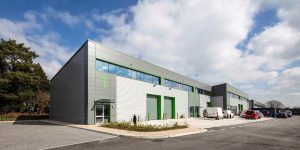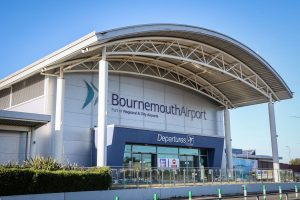South West output rises as new orders increase further

South West companies continued to scale up output amid another upturn in new business volumes, November data reveals.
Meanwhile, capacity pressures remained mild and there was a modest decline in local employment. Cost pressures intensified, but selling charges rose to a lesser extent.
At 51.6 in November, the headline South West Growth Tracker Business Activity Index – a seasonally adjusted index that measures the month-on-month change in the combined output of the region’s manufacturing and service sectors – was above the neutral mark of 50.0 for the ninth straight month and signalled continuous growth of local activity. That said, falling from 54.1 in October, the latest reading showed the weakest rate of expansion since April. Firms that reported greater output remarked on new product offerings and demand resilience. Those that posted a reduction cited subdued client confidence.
Although new business intakes expanded at the slowest rate in six months, the upturn was still marked and above the long-run series average. Anecdotal evidence highlighted a greater number of enquiries and demand resilience as the main determinants of sales growth.
Amid reports of efforts to share additional cost burdens with clients, prices charged for South West goods and services rose further in November. The rate of inflation was historically high, but eased from October as some firms offered discounts to clients in a bid to boost sales.
Faye Long, chair of the NatWest South West regional board, said: “The South West sustained economic growth heading towards the end of 2024, as a marked increase in new business volumes supported another expansion in output that was among the best seen across the UK. Firms were strongly upbeat towards the outlook, amid the potential for contract renewals and extensions as well as investment and the opening of new plants. Employment slipped into contraction in November, but the fall was mild and could soon be reversed should demand and backlogs remain on an upward path. Although cost pressures showed signs of re-accelerating, charge inflation receded amid competitive conditions. Softer increases in selling prices could further aid sales in the coming months.”
Performance in relation to UK
The South West came third in the UK regional rankings for output trends. The increase in sales was also the third-strongest of the 12 monitored UK regions and nations, behind only London and the North East.
The potential for contract renewals and extensions, alongside investment and the opening of new plants, underpinned upbeat growth projections for output in 2025. The overall level of confidence was at a 14-month low, however, as panellists were concerned about geopolitical tensions, subdued client confidence and taxation. Local companies were slightly less upbeat than the national average.
Private sector employment across the South West decreased during November, thereby ending a four-month sequence of expansion. The rate of reduction was modest, though slightly faster than that recorded at the UK level. Panellists that trimmed headcounts cited restructuring efforts and the non-replacement of voluntary leavers.
The reduction in local jobs occurred despite renewed pressure on operating capacities. Work pending completion increased at a slight pace in November, following no change in October. Staff absences, delays at ports and new business growth sparked the latest uptick in backlogs, according to survey participants. In addition to the South West, the only other area of the UK to post backlog accumulation in November was the North East.
Cost inflation reached a four-month high in November, with firms particularly mentioning greater outlays on labour, materials and software licences. The rate of cost inflation in the South West was broadly similar to that seen nationally. As for selling prices, the South West shared the third spot in the rankings with London, behind Northern Ireland and the East of England.








